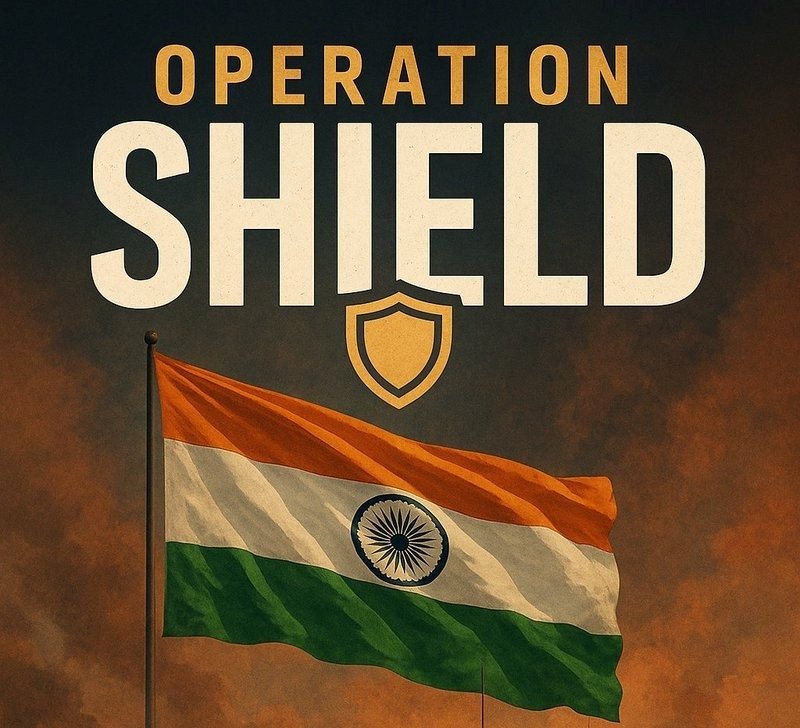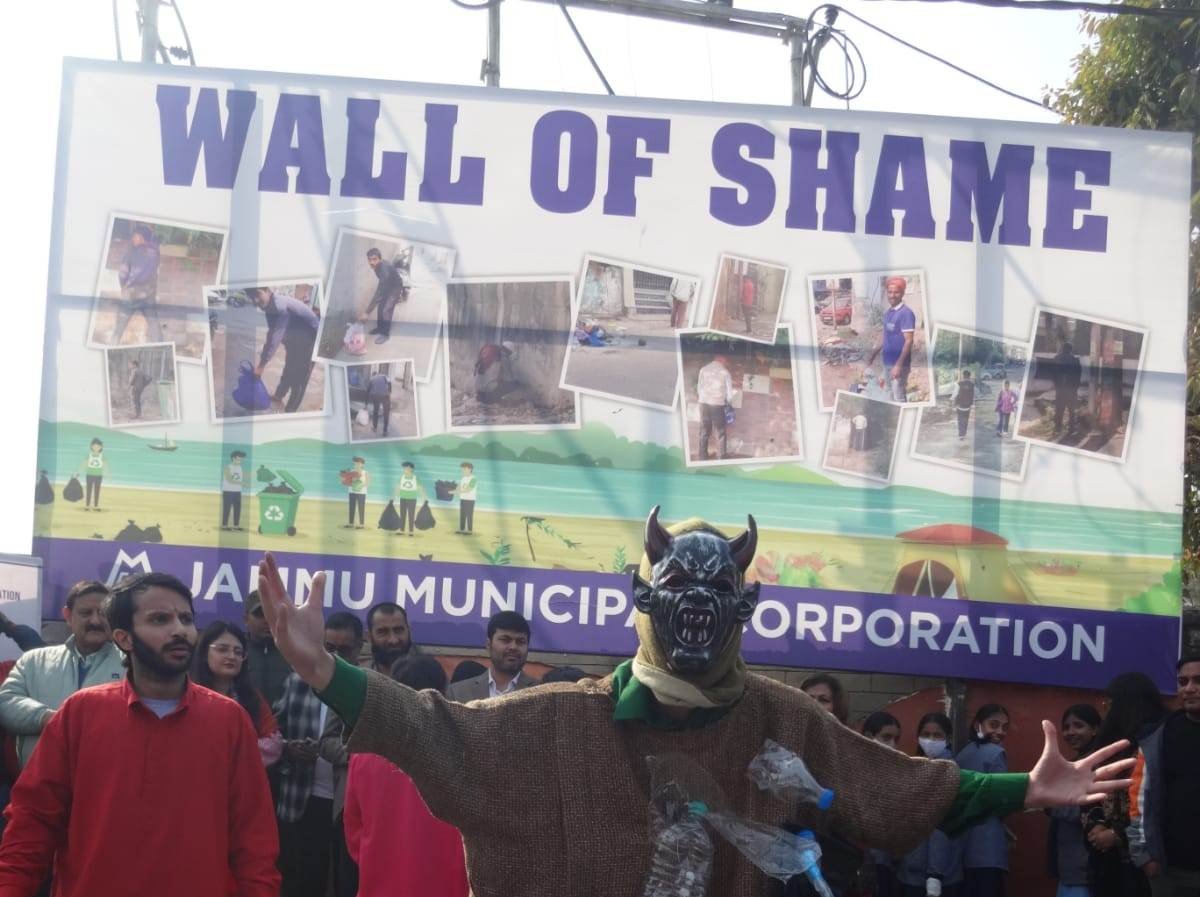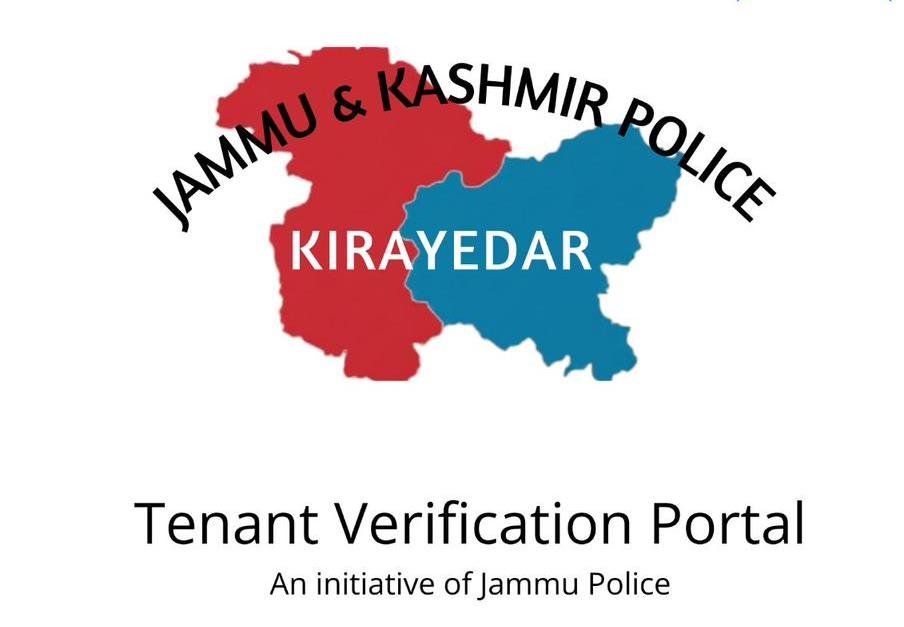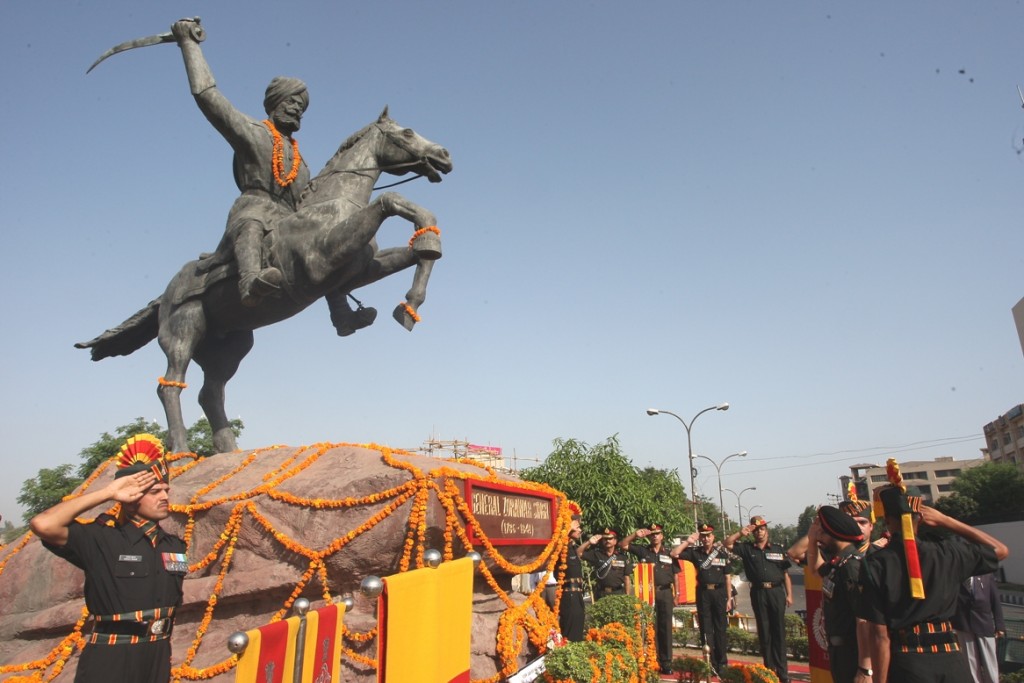The Ministry of Home Affairs (MHA) has announced the rescheduling of the large-scale Civil Defence mock drill, codenamed Operation Shield, to May 31, 2025. This nationwide exercise aims to simulate emergency responses in India’s border districts facing potential hostile threats, particularly from Pakistan. Initially planned for May 29, the drill was deferred due to administrative reasons.
Operation Shield will now be conducted in Jammu and Kashmir, Punjab, Rajasthan, and Gujarat, with activities coordinated across all border districts to assess and boost preparedness in the face of air raids, drone attacks, and other security threats.
Why Operation Shield Matters: Enhancing Border Preparedness
With rising concerns over border security, Operation Shield stands as a strategic initiative designed to test and enhance India’s civil defence infrastructure. The mock drill will serve as a critical readiness evaluation in the event of future threats, such as air raids, drone strikes, and missile attacks.
The Ministry’s statement emphasized the importance of community coordination, swift mobilization, and inter-agency communication during emergency situations.
News: No panic. India to conduct Operation Shield on 31 May, 5PM across border districts of J&K, Punjab, Rajasthan, Gujarat, Haryana & Chandigarh.
— Praffulgarg (@praffulgarg97) May 30, 2025
Simulated drills: air raids, drone attacks, blackouts, hotline ops.
Opinion: It’s a preparedness drill, not a threat. Nation first.… pic.twitter.com/JdHYWctuYN
Jammu and Kashmir Districts Selected for the Mock Drill
In Jammu and Kashmir, the mock drills will be held across key border districts including:
- Kathua
- Samba
- Jammu
- Udhampur
- Rajouri
- Poonch
- Baramulla
- Kupwara
These districts, being close to the Line of Control (LoC), are strategically important and often vulnerable to cross-border tensions. Operation Shield in J&K will play a vital role in testing grassroots-level preparedness and civilian response systems.
Mock Emergency Scenarios: Testing Real-Time Response
According to official sources, Operation Shield will simulate a variety of crisis scenarios, including:
- Silent recall of Civil Defence wardens
- Deployment of youth volunteers from NCC (National Cadet Corps), NSS (National Service Scheme), NYKS (Nehru Yuva Kendra Sangathan), and Bharat Scouts & Guides
- Mock air raids involving enemy aircraft, drones, and missiles
- Activation of hotlines between the Indian Air Force and Civil Defence Control Rooms
- Centrally controlled air raid sirens
These scenarios are carefully designed to mirror real-life combat situations, ensuring that response units and civilians are well-coordinated and aware of emergency protocols.
Full Blackout and Controlled Communication Measures
One of the most crucial features of the exercise will be the implementation of complete blackout procedures in specific civilian areas, with exceptions made for essential services like hospitals. The blackout drill aims to simulate wartime conditions and train local authorities in managing power cuts and communication blackouts.
During the drill, centrally activated sirens will signal different phases of the mock operation, offering a realistic experience for participants and local populations.
Simulated Drone Attack and Civilian Evacuation Plan
Among the core scenarios to be enacted, a simulated enemy drone attack on a military station has been scheduled. This mock incident will require the immediate evacuation of at least 20 civilians to designated safe zones.
The evacuation will test coordination between local police, district administrations, and military units. It will also measure the effectiveness of real-time communication, logistical response speed, and the accessibility of safe shelters in high-risk areas.
Mass Casualty Management and Blood Bank Mobilization
To further stress-test India’s disaster readiness, the operation will include a mass casualty simulation. In this scenario:
- Emergency medical teams will be mobilized
- Temporary triage centers will be set up
- 30 units of blood will be prepared and distributed for mock injured patients
- Additional resources like ambulances and first aid stations will be tested for response efficiency
The goal is to ensure that healthcare services are capable of handling a large-scale emergency, especially in remote and border areas.
Rear Area Security and Role of Home Guards
The drill will also examine rear area security protocols by involving the Indian Army and Home Guards. The Army is expected to request the immediate deployment of Border Wing Home Guards, simulating their de-induction from current assignments to respond to new threats.
This step will evaluate the flexibility of India’s reserve security forces and their ability to shift operations during a crisis.
Community Involvement and Local Coordination
Operation Shield is not just a government-led initiative; it requires active participation from local communities and volunteers. District administrations have been directed to:
- Collaborate with educational institutions, youth groups, and NGOs
- Coordinate with local stakeholders for resource allocation
- Conduct awareness campaigns about emergency preparedness
- Submit post-drill action reports to the Ministry of Home Affairs
The active engagement of civil society ensures that the entire population contributes to national resilience and is equipped with knowledge to respond during threats.
Operation Shield represents more than just a routine drill. It is a crucial element in India’s national defense strategy, particularly in volatile border regions. As tensions remain high across international boundaries, exercises like these help ensure that India’s civil and military institutions can operate in tandem, providing a swift and coordinated response in times of crisis.
By involving multiple sectors—military, civilian, medical, and educational—the initiative sets a benchmark for how modern democracies can integrate preparedness into daily governance.



















